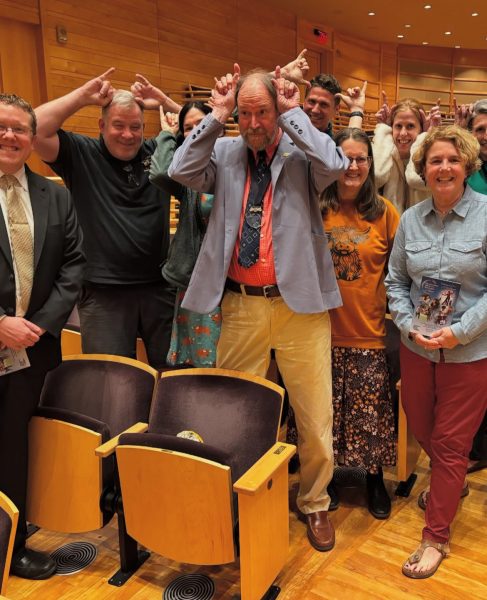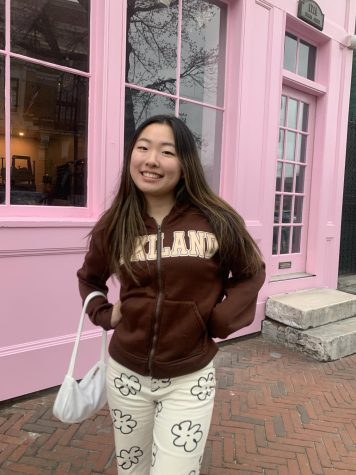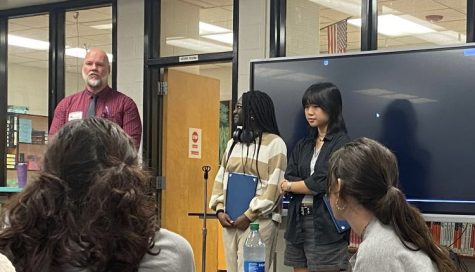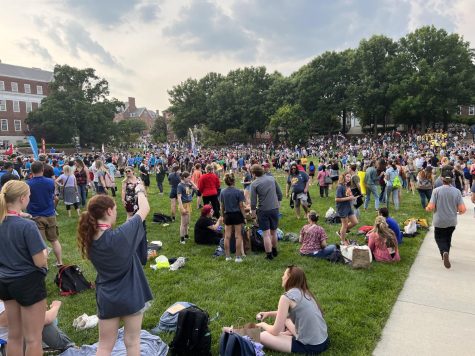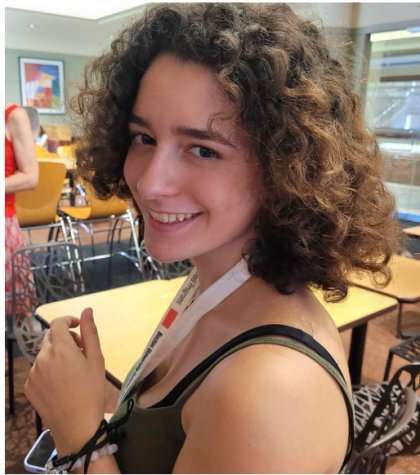MCPS changes COVID-19 testing and exposure policy
As the second month of in-person learning draws to a close, Poolesville High School will implement new Montgomery County Public School (MCPS) guidelines for handling the spread of COVID-19. There has been a large overhaul of the way COVID testing will be conducted in schools to promote student safety and learning.
“Implementing something, seeing if it works, revising if necessary is all part of the process,” PHS Principal Mr. Mark Carothers commented on the countywide change. “You don’t need to get stuck in one way of doing things; you learn through action and are able to not keep the ruleset so rigid.”
As the new guideline states, rapid testing nasal swabs will be available for administration, allowing for quick results within 15-20 minutes.
PHS has now begun operating with two different health rooms, designated for different purposes. The regular health room will be dedicated to usual issues and concerns, such as general injuries or administering daily medication. Additionally, there will be a health area in room 47 designated for students to get rapid tested if they are experiencing COVID-like symptoms (fever, nausea, trouble breathing.) If a student tests negative, they will be allowed to return to in-class instruction immediately. To get tested, however, students must obtain parental permission.
To obtain parental consent, students should have their guardians fill out the COVID-19 testing consent form, found on the MCPS website. Without it, students exhibiting symptoms will be sent home to take a regular test, which will result in ten days of quarantine until results are found. There is a possibility of obtaining verbal consent if the student’s parents can be contacted by phone call, but completion of the form is recommended.
“I am thankful we have the rapid testing at school, we did have lots of situations where students identified as being in close contact with someone with symptoms, rapid testing makes it so that we don’t have to quarantine somebody, and they will maybe still be available for learning,” Carothers continued.
The new regulations are designed to bring about efficiency to the school, as compared to previous regulations. Previous guidelines dictated that anyone at school in close contact with another student who was believed to have COVID would be sent home to quarantine while the potentially sick student’s results were waited on. This process could take up to ten days, putting entire classes out of school, resulting in students falling behind and missing instruction.
“I think that the new change is great, because it would get rid of any unnecessary quarantines for students,” Vasili Conway, a senior in the Independent Studies Program, said. “Before the change, the previous guidelines ended up setting me back in school because I had to quarantine at home when someone in the class was suspected to have COVID.”`


